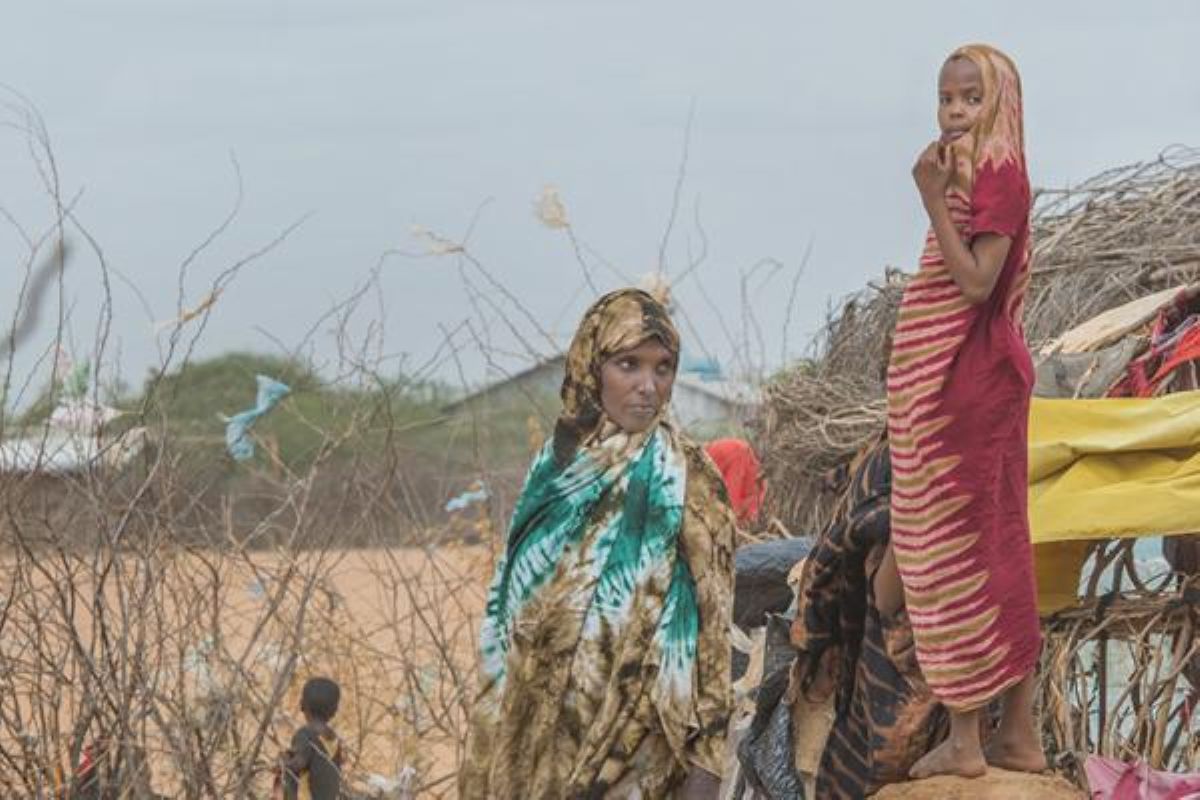The African Development Bank Group has incorporated circularity into its Ten-Year Strategy 2024–2033, recognising it as a foundation for sustainable prosperity Access Multimedia Content ABIDJAN, Ivory Coast, October 28, 2025/ -- On the outskirts of Addis Ababa, 30-year-old Behailu Seboka, founder of Askema Engineering, manufactures brake pads from discarded slaughterhouse materials. What began as a university project now employs 268 people and serves 6,400 customers across Ethiopia. "With the right support, we can prove that the circular economy is not only good for the environment but also for business," he says.
Askema Engineering, an exhibitor at the 2025 Annual Meeting of the African Circular Economy Alliance (ACEA), exemplifies how African ingenuity—when supported by coordinated policy and investment—can become an industrial and export-ready asset. Across the continent, companies like Askema are creating a tangible vision of the circular transition, and attendees at the ACEA Annual Meeting heard about various initiatives led by African small and medium-sized businesses committed to this approach. In Madagascar, the Ministry of the Environment is partnering with local innovators to recycle polyethene sachets into durable thread for Handbags. In Burkina Faso, plastic waste is transformed into paving stones or planks used for school desks and equipment for public spaces.
These projects illustrate the essence of circularity, an economic model that promotes sustainability through the reuse and recycling of materials and resources, and the elimination of waste. Powering Africa’s development Every year, more than 10 million young people join the African job market, yet only 3.1 million jobs are created. With the global circular economy market estimated at $546 billion, and with the potential to create 11 million new jobs by 2030, Africa’s embrace of circularity could become a game-changer for employment and inclusive growth. The African Circular Economy Alliance (ACEA) (http://apo-opa.co/4hxm15M), comprising 21 African countries, is leading efforts to embed circular principles into the continent's development strategies. Its mission: to transform the ecological transition into a lever for development and integration.
The 2025 ACEA Annual Meeting, held in Addis Ababa from 14 to 16 October, provided a key platform for dialogue, knowledge exchange and partnership-building. Participants explored how to scale circular models that deliver both environmental and economic dividends. The meeting was attended by member states and representatives of 19 partner institutions, including the African Union, the European Union, the African Development Bank, the African Organisation for Standardisation (ARSO) and UN agencies such as the United Nations Development Programme (UNDP) and the United Nations Environment Programme (UNEP).
Growing confidence and cooperation Discussions focused on harmonising standards, financing and industrial policies to overcome fragmentation in Africa’s circular economy ecosystem. Initiatives such as the African Circular Economy Fund (ACEF), a catalytic instrument of the African Development Bank Group, and the African Union’s Continental Circular Economy Action Plan (CEAP), are already driving progress in line with the AU’s Agenda 2063.
"I would like to congratulate the African Circular Economy Alliance and the African Development Bank for their determined commitment to the circular economy,” said Finland's Ambassador to Ethiopia, Sinikka Antila. The increasing number of ACEA members illustrates the growing confidence in this shared vision." Finland is one of the Alliance's partner countries and a donor to the ACEF (http://apo-opa.co/4oJG57m). Aubin Ndodjide, Chad's representative in Ethiopia, also commended the Alliance's efforts to convert circular economy opportunities into tangible solutions and sustainable jobs for young Africans. The African Development Bank Group has incorporated circularity into its Ten-Year Strategy 2024–2033, recognising it as a foundation for sustainable prosperity.
The Bank Group’s new Four Cardinal Points agenda - expanding access to capital, reforming financial systems, harnessing demographic potential, and investing in resilient infrastructure - reflects the same ethos. "The circular economy links the Bank Group's four cardinal points in a single equation: transforming Africa's resources, ideas and youth into levers of economic power," said Nathaniel Oluoch Agola, Acting Country Director of the Bank Group in Ethiopia. Distributed by APO Group on behalf of African Development Bank Group (AfDB). EU Reporter






